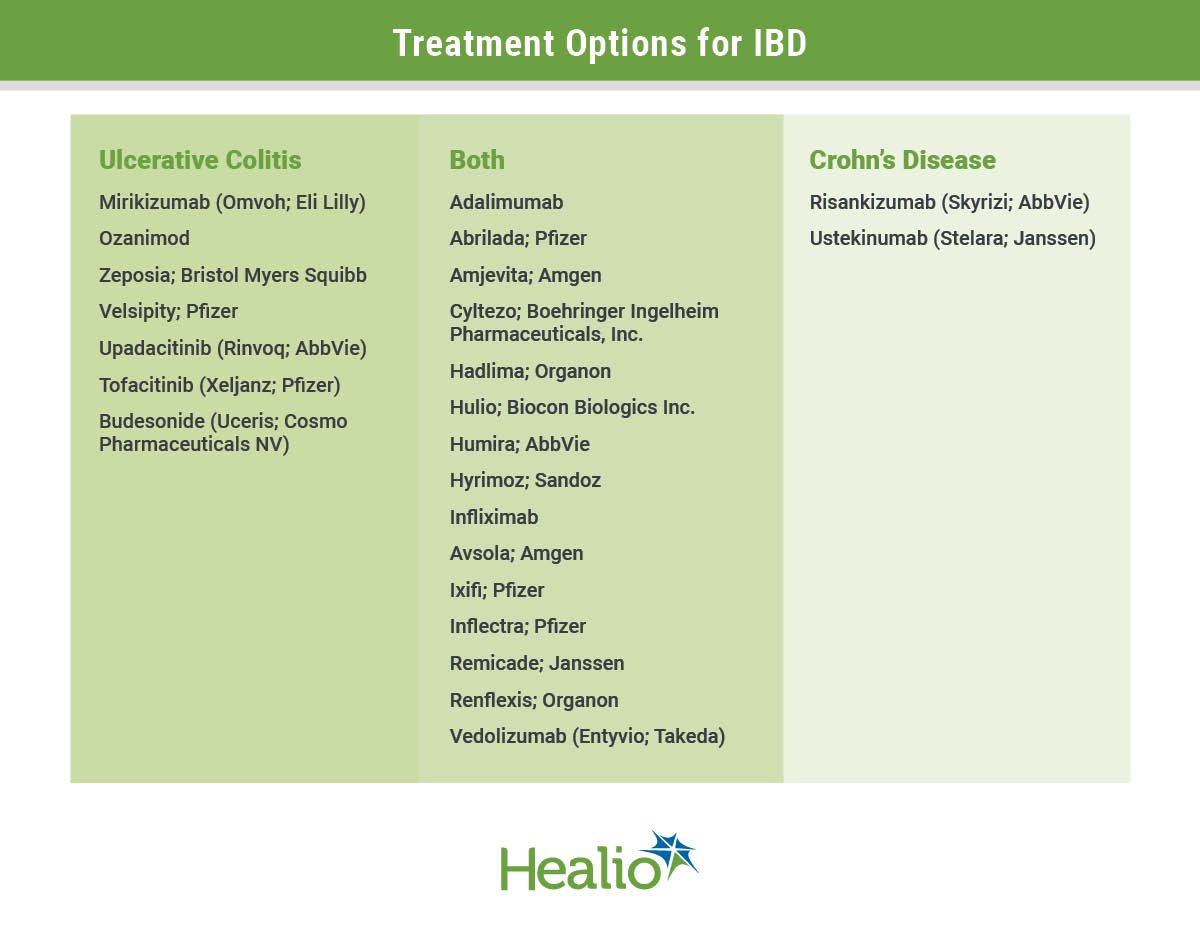Hot Topics in IBD
Treatment Options
Exercising, modifying diet along with treatment for IBD
Transcript
Editor's note: This is an automatically generated transcript. Please notify editor@healio.com if there are concerns regarding accuracy of the transcription.
The treatment landscape for inflammatory bowel disease is exploding over the last few years, and so it can be overwhelming. And so, for me, I think navigating the treatment landscape, I just try to get myself to have as much knowledge as possible. So, I'm reading about the new clinical trial data that's coming out. I'm going to GI conferences, meeting with my medical science liaisons locally, and discussing with other colleagues across the country and other experts in inflammatory bowel disease to find out kind of what they know about these new treatments and what their experience has been. And so, when I get as much knowledge as I can, I feel like I can adequately educate my patients and educate other providers in our practice so that we can come up with a good plan and really position these therapies appropriately for patients.
Well, this is a great question, and a question I get all the time when I see IBD patients. Patients want holistic options. Sometimes just using medicine can be scary, and patients want to have some sense of control. And so, I generally embrace holistic options. We know that diet plays a big role in inflammatory bowel disease, and so what I like to do is discuss what their diet is. We generally recommend a Mediterranean diet, but there are other diets and treatment options that are available. If I can refer patients to an IBD specific dietician, I like to do that early on so that they can get more knowledge about what kind of diets are going to work for them and for their lifestyle. With respect to exercise, generally patients in my practice love to be active, and so I encourage that. The only time that I'm a little bit cautious about exercise is when patients are very sick, and when they're in a very severe flare. Sometimes that can make patients even more exhausted and more symptomatic from their disease. But I generally encourage a healthy lifestyle, healthy diet, a good amount of exercise, and sometimes patients will bring other supplements or other naturopathic medicines and discuss that with me.
And I'm not familiar with all naturopathic practices, but I think that sometimes they can be used as complementary to our standard treatments. And so, what I do is I let patients know, if I'm not familiar, that I read up on these supplements, and I'll let them know if I can find any data that supports treatment and inflammation or shows adverse effects in inflammation, and I'll let them make that decision.
There are a wealth of treatment options available for inflammatory bowel disease.
Some are approved for ulcerative colitis, some for Crohn’s disease, and others are approved for use in both diseases.
Healio spoke with Florence-Damilola Odufalu, MD, assistant professor of medicine at the University of Southern California, Keck School of Medicine, about the treatment landscape in inflammatory bowel disease.

References:
- Fact sheet: News from the IBD Help Center. https://www.crohnscolitisfoundation.org/sites/default/files/legacy/assets/pdfs/recently-approved-treatments.pdf. Published June 2021. Accessed May 22, 2024.
- New drug therapy approvals 2022. https://www.fda.gov/drugs/novel-drug-approvals-fda/new-drug-therapy-approvals-2022. Data current as of Jan. 1, 2023. Accessed May 22, 2024.
- Novel drug approvals for 2023. https://www.fda.gov/drugs/novel-drug-approvals-fda/novel-drug-approvals-2023. Data current as of June 7, 2024. Accessed May 22, 2024.


